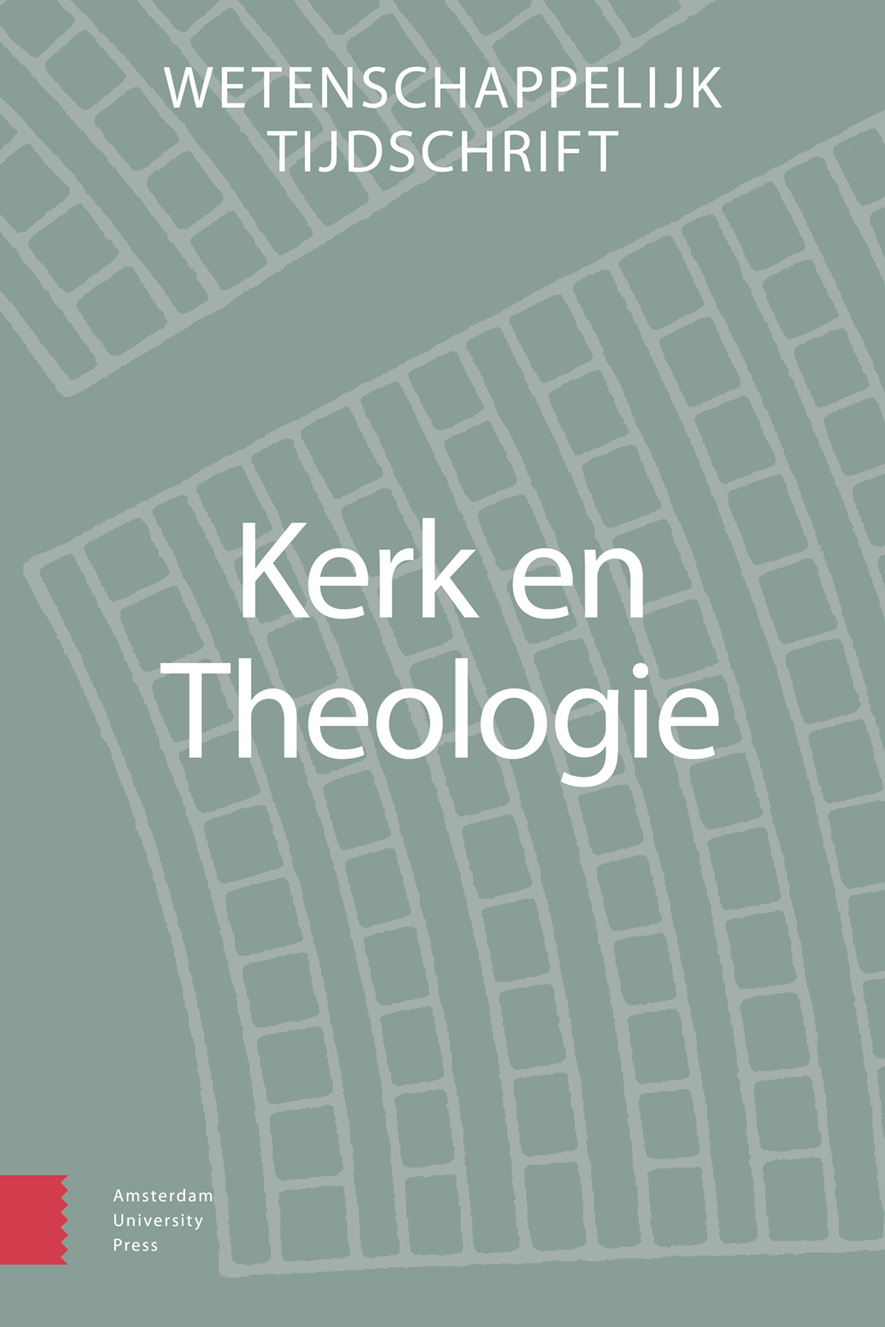
Full text loading...
We use cookies to track usage and preferences.I Understand
This article analyses the role of the fortune-telling slave-girl in Acts 16:16-18 from a childist perspective, in order to examine whether the slave-girl could be seen as a child and how her identity and age influence her role in the story. A narrative analysis of Acts 16:16-18 shows that through her identities as a girl, a child, and as diviner, the παιδίσκη inhabits a liminal space that gives her surprising agency for a slave-child and allows her to make readers critical of Luke’s narrative and the consequences of Paul’s actions for her.

Article metrics loading...

Full text loading...
References


